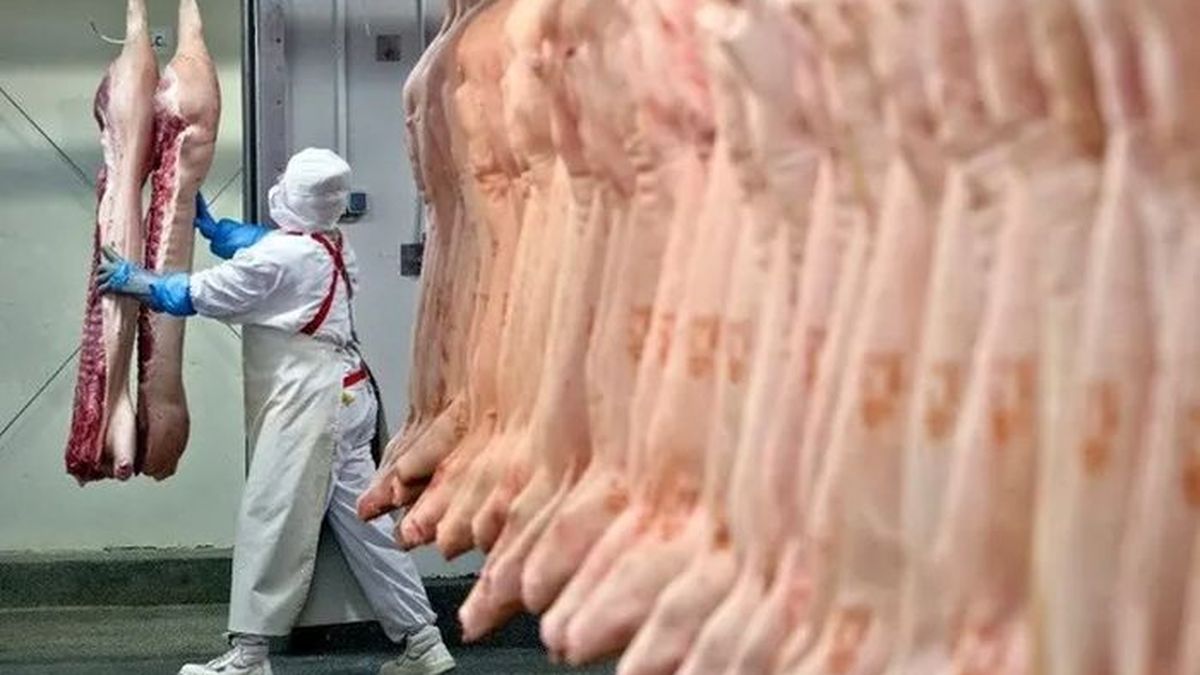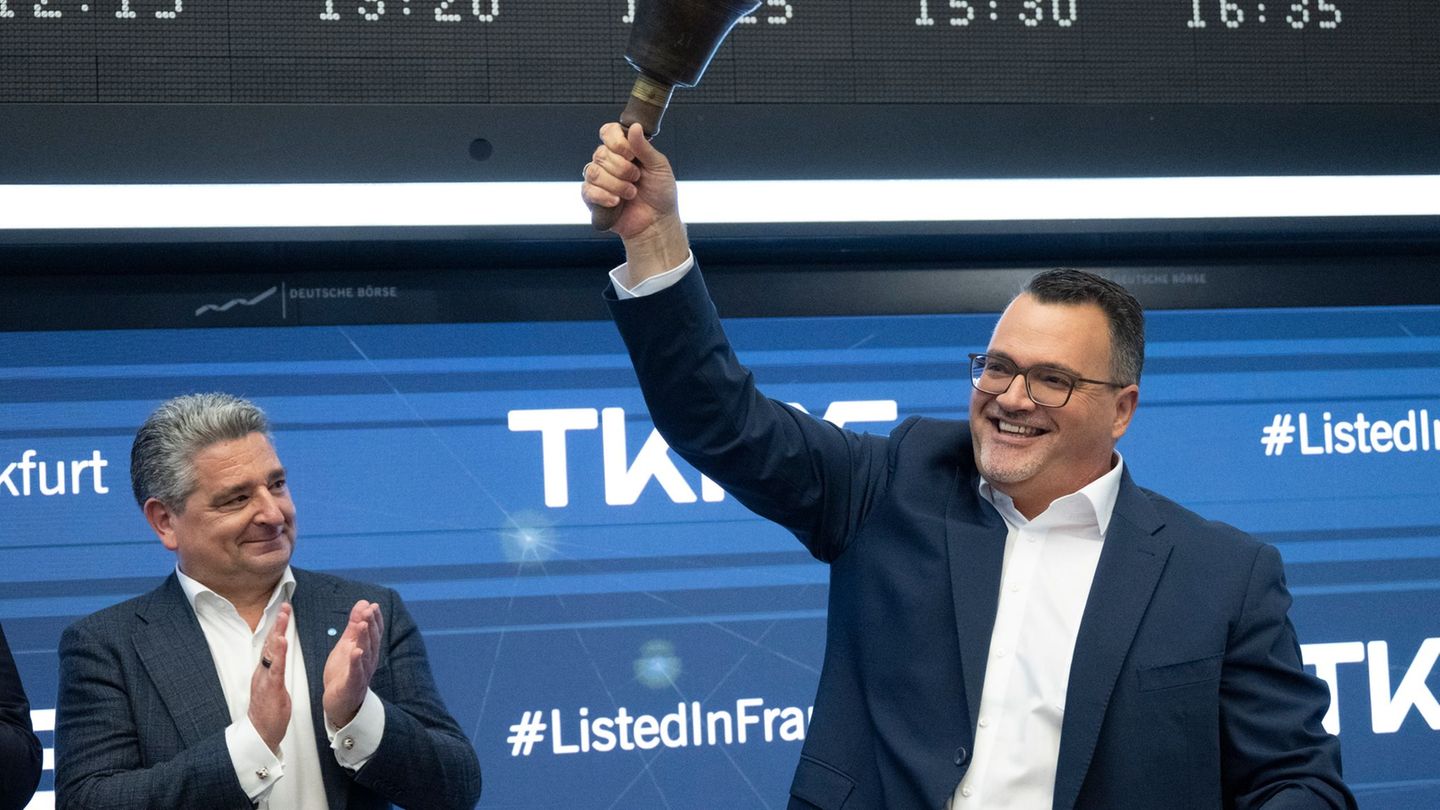The different cuts presented strong increases during the first weeks of last month, increases that were accentuated after the devaluation after the PASOpushing the general index due to its strong impact within the food basket.
However, this increase in prices (which was added to the rise of other essential items), negatively impacted consumption. Fact that caused, in turn, that in recent days will observe a slowdown in the rise of meat and that, in some cases, the sector speaks of decreases in the values displayed on the counters. The trend, they say, would remain this way at least until the first days of October.
For example, according to their price survey for Greater Buenos Aires, Ecolatina indicated that in August “core inflation accelerated to 13.1%, additionally influenced by a new adjustment in beef prices (23.5%), following the marked increases in the price of livestock: during August, the prices of standing farms in the Cañuelas Agricultural Market (former Liniers) rose on average close to 50% compared to July, moderating in recent days.” “Let us remember that the CPI had been favored by the real reduction in the price of beef in 2022 and 2023, which was around a 20% real year-on-year drop in July,” the firm detailed. Within the index prepared by the consulting firm, the Food and Beverages category rose 13.5%, with an increase of 18.8% in the “Meat” segment.
When analyzing the different hypotheses of this increase, the Mediterranean Foundation had pointed out possible imbalances “due to seasonal issues between supply and demand of animals destined for export, the need to rebuild margins in feedlots (affected by Corn Dollar and other factors), and a very complete and fast past through of the post-STEP devaluation of farm prices due to retraction and/or lower availability of animals, among others.”
In recent weeks, the upward momentum in meat prices seems to have lost steam. For example, according to the food price survey carried out by LCG, In the first week the meat category rose 0.6%, the lowest figure in the recent past: The week after the PASO it jumped 3.2% and then climbed 3.9%. In the last four weeks, in fact, it has accumulated an increase of 11.9%.
One of the reasons that explains this lower variation in the price of meat is a contraction in consumption, precisely due to the previous strong rise. “There was a marked drop in demand. Inflation eroded purchasing power and the price of meat fell almost 40% after the jump after the PASO. Despite this decline, consumption did not rebound. It really sells very little“, a source from the sector explained to Ámbito.
And he stressed that, in the short term, the trend could continue: “If it starts to rain properly, which is what seems to happen in some regions, at the end of the month grass would be generated and the producer who sold animals fattened for corn, and you want to do more economical fattening, then you will surely retain your income to make a profit. So a price increase can be seen in October. That is to say, in September the price of meat would be calmer and in October it could rise.”
Surveys
Another of the surveys that showed a lower variation in the price of meat and, consequently, of the food basket, was the Supermarket Price Index measured by the CESO. The indicator registered an increase of 1.8% in the last week, to accumulate 11.8% in the last four. “After the post-STEP devaluation jump, on August 16, the highest intraday variation (2.6%) was recorded in a single day,” they explained from the Center. This week, The basket of products surveyed increased 4.8%.
While, fresh foods rose 2.2% in the last week, below the 3.5% of the previous week. Fish and Seafood (8.1%), Fruits and Vegetables (5.4%) and Cold Cuts (3.2%) stand out. “Meats (2.3%) increased a little above the previous week (1.3%), where The impact of the increase in the Cañuelas market that occurred at the beginning of August began to dilute“, they pointed out from the CESO, and analyzed: “It should be noted that the price of live cattle did not increase for 6 months due to the effects of the drought, which forced livestock producers to feed grain to the cattle (due to the lack of grass). “Cattle fed with cereal arrive at slaughter in half the time than with grass, generating an oversupply for slaughter of more than 10% that did not allow the increase in meat on the counter.”
Source: Ambito




